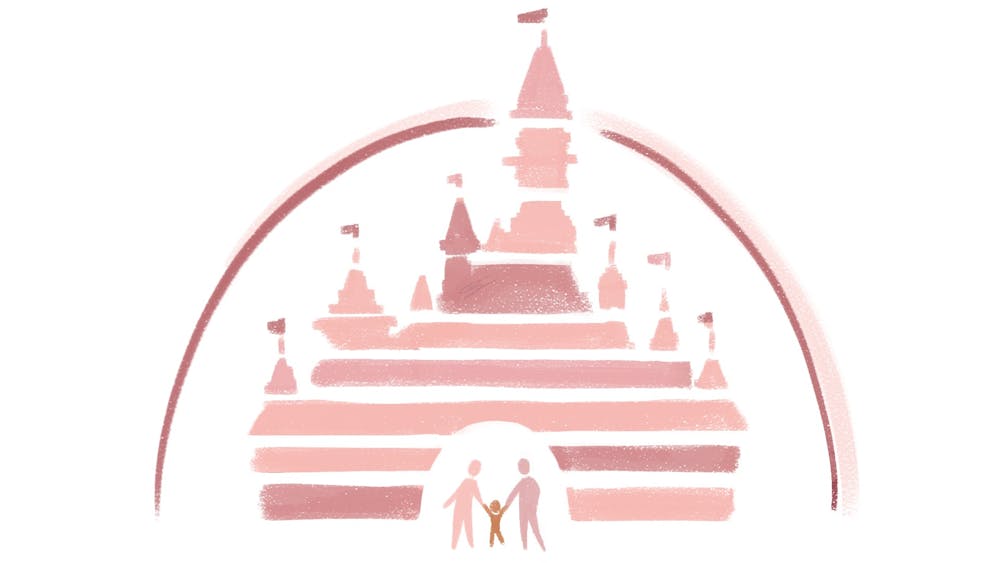For decades, Disney relied on Prince Charming for a happy ending; however, the company has since retired its signature plot device. In the last ten years, fairytale romances have morphed into touching meditations on familial relationships.
As Disney has shied away from its controversial past over the last few years, its films have adopted a new dynamic. No longer are their protagonists two–dimensional characters whose personalities hinge on love at first sight, but rather complex, full–fledged figures who make mistakes and persevere.
When Frozen premiered in 2013, it seemed to be racking up every Disney princess cliché in the book; however, it managed to subvert audience expectations at every turn. Anna’s instantaneous love for Prince Hans is scoffed at, and the pair don’t remain a couple after he reveals himself to have used her in his quest for power. The "act of true love" arc doesn’t hinge on Anna and Kristoff’s budding relationship as one might expect, but rather on the bond between Anna and her sister Elsa.
Though this is not the first time Disney explored the sisterly bond, non–traditional Prince Charming, or the lack of a prince for its protagonists, it did mark a significant shift in the Disney Animated Canon. Though earlier films such as Tangled experimented with a central story that revolves around family rather than romance, it’s important to note that Kristoff was one of, if not the last new love interest in a Disney animated feature. Though movies such as Cars 3 and Incredibles 2 have since acknowledged preexisting romantic relationships, there's been a noticeable lack of traditional love stories from the company in recent years.
Disney’s newest female protagonists, Moana, Raya, and Mirabel, all lack a love interest completely; Moana’s story revolves around trying to find a place in her home; Raya’s places weight on her grief following her father’s death and a friend’s betrayal; and Mirabel’s encompasses intergenerational trauma and complicated family dynamics. Coco is another film that tells a poignant story about love, but this one centers on the protagonist's grandmother reuniting with her dead father.
Disney has additionally strayed far from the wicked stepmother trope: Now the notion of a found family is something they not only acknowledge, but advocate for. The long–awaited Finding Nemo sequel Finding Dory, Raya and the Last Dragon, and Luca all showcase that family is something we get to determine for ourselves, and each of their protagonists finds family not only in their blood relatives but also in their close friends.
What may be most significant about this shift is its commercial aspect. For decades, Disney has arguably warped the romantic expectations of children and adults around the globe with unrealistic portrayals of romantic love. For many, Disney’s wide array of animated movies have not only influenced how they see the world but ruined their perspective on what love truly entails. For children today, Disney is no longer encouraging the Prince Charming ideal, rather focusing on lifelong friendships and making amends with one’s family.
There may be nothing new under the sun, but Disney has plenty of lessons about love left to teach. After decades of idealistic romances, it’s refreshing to see relationships that are a little more realistic. The company’s new definition of love isn’t quite as simple as the love at first sight in its most classic films and, after decades of waiting for Prince Charming, maybe that’s for the best. It may be time to let go of the fairytale romance we were raised on, but maybe happily–ever–after still exists after all.







